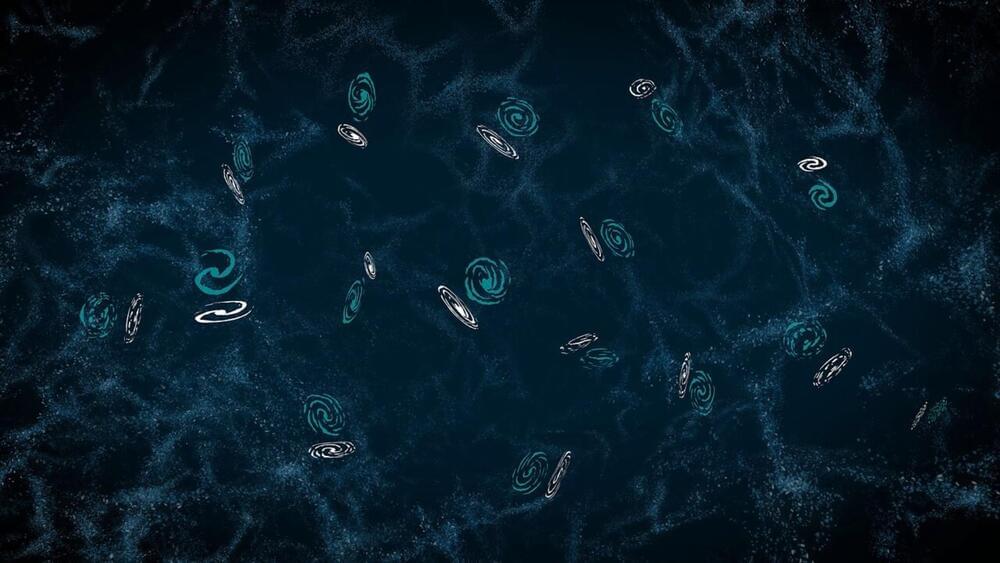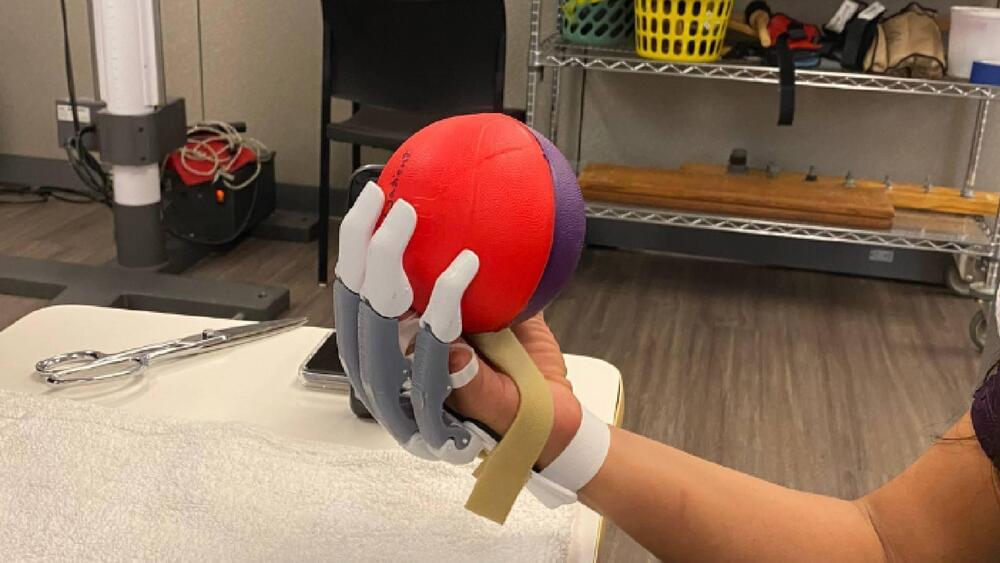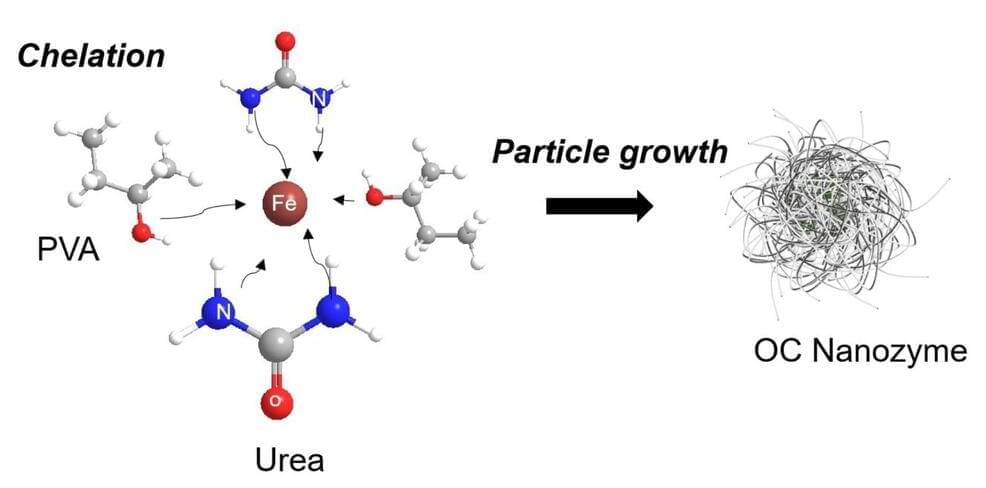A battery-less RFID tag could do the job just as well as a GPS landing module. The researchers have further refined how the tag works.
A collaboration between researchers at The University of Tokyo and telecommunications company NTT in Japan has led to the development of a radio-frequency identification (RFID)-based guidance system for autonomous drones, a press release said.
The use of drones for civil applications has been on the rise and is expected to increase further as countries become more liberal with airspace to be used by autonomous flying vehicles. Conventionally, drones have relied on imaging to determine their location, but as piloting control moves toward the machine from humans,… More.
Michael-rojek/iStock.








